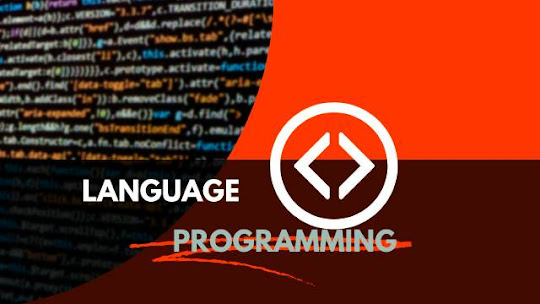Unraveling the World of Programming Languages: A Comprehensive Overview
In the rapidly evolving realm of technology, programming languages play an integral role in shaping the digital landscape.
In the rapidly evolving realm of technology, programming languages play an integral role in shaping the digital landscape.
They serve as the foundation upon which software applications, websites, and various digital innovations are built.
A programming language is a formal system designed for instructing computers to perform specific tasks.
Just as humans use different languages to communicate, programmers utilize an array of programming languages to communicate with computers and create software.
This article explores the diverse landscape of programming languages, delving into their history, classifications, and significance in modern software development.
A Brief History
The history of programming languages dates back to the mid-20th century when the development of electronic computers spurred the need for effective methods of communication between humans and machines.The earliest programming languages, often referred to as "machine languages" or "assembly languages," required programmers to write instructions in binary code or symbolic representations of machine instructions.
These languages were complex and closely tied to the hardware architecture of the computers they were used on.
The introduction of higher-level programming languages, such as Fortran in the 1950s and COBOL in the early 1960s, marked a significant advancement.
The introduction of higher-level programming languages, such as Fortran in the 1950s and COBOL in the early 1960s, marked a significant advancement.
These languages allowed programmers to write code using more human-readable syntax, making it easier to develop complex software. As computing technology evolved, so did the languages used to program it.
The 1970s saw the emergence of languages like C and Pascal, which provided greater control over hardware and memory management.
1. Procedural Languages
Language Classifications
Programming languages can be classified into several categories based on their intended use, design philosophy, and features. Some common classifications include:1. Procedural Languages
Procedural languages, like C and Pascal, emphasize the sequence of instructions in a program. They utilize procedures or functions to modularize code, enhancing readability and maintainability.
2. Object-Oriented Languages
2. Object-Oriented Languages
Object-oriented languages, including Java, Python, and C++, focus on organizing code into objects that encapsulate data and behavior. This approach promotes code reuse and easier collaboration in larger projects.
3. Functional Languages
3. Functional Languages
Functional languages, such as Haskell and Lisp, treat computation as the evaluation of mathematical functions. They emphasize immutability and the avoidance of side effects, leading to more predictable and parallelizable code.
4. Scripting Languages
4. Scripting Languages
Scripting languages like JavaScript and Ruby are often used for tasks involving automation, web development, and dynamic scripting. They prioritize ease of use and flexibility.
5. Domain-Specific Languages (DSLs)
5. Domain-Specific Languages (DSLs)
DSLs are tailored to specific domains or industries, such as SQL for database queries, HTML/CSS for web design, and MATLAB for scientific computing.
6. Compiled vs. Interpreted Languages
6. Compiled vs. Interpreted Languages
Programming languages can also be classified based on their execution process. Compiled languages (e.g., C++) are translated into machine code before execution, resulting in faster performance, while interpreted languages (e.g., Python) are executed line-by-line by an interpreter, offering flexibility and ease of debugging.
Significance in Modern Software Development
The choice of programming language significantly impacts the development process and the characteristics of the resulting software.Factors such as performance, readability, maintainability, and community support all play a role in selecting the appropriate language for a project.
Different languages excel in various domains:
1. Web Development
1. Web Development
JavaScript, HTML, and CSS are fundamental for creating interactive and visually appealing web applications.
2. Data Science
2. Data Science
Python and R are widely used for data analysis, machine learning, and statistical modeling due to their extensive libraries and tools.
3. System Programming
3. System Programming
C and C++ are favored for their efficiency and low-level control, making them ideal for operating systems and embedded systems.
4. Mobile App Development
4. Mobile App Development
Java (for Android) and Swift/Objective-C (for iOS) are popular choices for building mobile applications.
5. Scientific Computing
5. Scientific Computing
MATLAB and Julia are prominent in scientific and engineering fields for numerical analysis and simulations.
Conclusion
Programming languages have evolved from complex machine codes to powerful tools that enable humans to create sophisticated software.
Conclusion
Programming languages have evolved from complex machine codes to powerful tools that enable humans to create sophisticated software.
They reflect the ever-changing landscape of technology and provide developers with the means to innovate, automate, and solve complex problems.
Each programming language has its strengths and weaknesses, and choosing the right one for a project requires careful consideration of factors such as project requirements, team expertise, and long-term goals.
As technology continues to advance, programming languages will remain at the forefront of driving innovation and shaping the digital future.
Tags
Software


